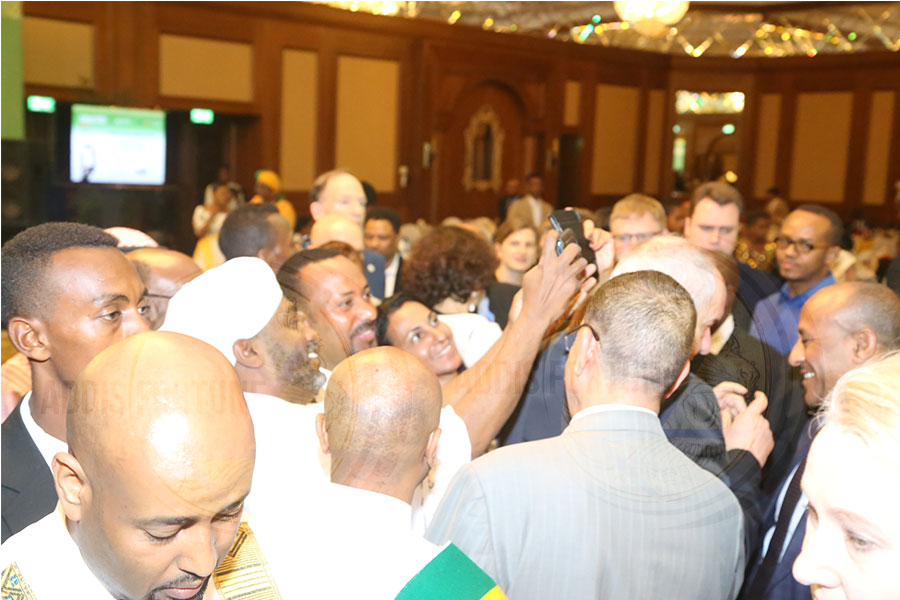
Photo Gallery | 180394 Views | May 06,2019
May 4 , 2025. By NAHOM AYELE ( FORTUNE STAFF WRITER )
The downsizing of active theatre halls from five to only one in Addis Abeba is a telltale sign of the theatre industry's plight. A past golden era of Ethiopian drama was once championed by elites who saw theatre as a powerful medium for education, social critique and patriotism. Today, however, financial constraints leave many struggling playwrights with no choice but to adapt by staging plays in cinemas, venues lacking a theatre's traditional intimacy and environment, reports NAHOM AYELE, Fortune Staff Writer.
The balcony at the National Theatre, on Churchill Avenue, used to fill up days in advance on a Friday night. Last week, only about 50 patrons clustered in the front rows while dozens of empty seats echoed their applause. Audiences have dropped from 500 or even 1,000 people to only 80 to 200 people a show.
Rahel Teshome, who heads the theatre department, remembered the sharp falloff began after the COVID-19 shutdowns and has yet to reverse, even as the theatre house stages more plays than ever. Before the pandemic, the National Theatre mounted four or five productions a week. It now squeezes in as many as eight, hoping a busier marquee will coax crowds back. The tactic is not working, and the shortfall uncovered deeper problems facing Ethiopian drama, from soaring costs to vanishing venues.
Addis Abeba was once home to five active theatres: Hager Fikir, Addis Abeba Municipality, a.k.a Mazegaja Bet, Ras Theatre, Addis Abeba Children & Youth Theatre (YMCA) and the National Theater. Today, only the latter's lights stay on; the rest sit dark or demolished, pushing playwrights toward hired cinema halls that lack a stage’s intimacy.
For a creative industry whose roots run more than a century, what is unfolding now is depressing for the capital's theatre goers.
Teklehawariat Teklemaryam (Fitawrari), a senior official under Emperor Haileselassie, promoted stage drama as a tool for education and social critique. Right before the Second Italo-Ethiopian War in the mid-1930s, Mekonen Endalkachew founded Hager Fikir Theatre, which became a rallying point for patriotism, according to Zerihun Birehanu, a researcher and lecturer at Addis Abeba University.
After the war, live drama enjoyed a golden period capped by the 1956 opening of the Ethiopian National Theatre, inaugurated by the Emperor himself.
That pedigree has not shielded the art from today’s financial squeeze.
Wudneh Kifle is a veteran playwright and director who has worked on 20 stages for over 30 years. But his latest piece premiered in a cinema, something he never imagined. He had planned to rent Hager Fikir, on John Melly Street, yet the stage rental had jumped from 2,800 Br a show to 15,000 Br.
“It’s killing us,” he said. "The fee goes up just when the audience is disappearing.”
Managers defend the new rates.
“Artists must adapt and bring quality,” says Solomon Hagos, general manager of Hager Fikir.
He called the increase essential for the venue’s survival. Blaming the theatre, he adds, “without offering quality content is inappropriate.”
Space is scarce even when money is not. The National Theatre’s calendar is booked months ahead, leaving little room for newcomers. Short of traditional stages, he and his peers shuttle between cinema houses set up with temporary lighting rigs.
“This is a dark age for Ethiopian theatre,” Wudneh told Fortune.
Tewodros Teklearegay, a playwright with two decades in the business, feel no different. Theatres rarely partner with artists anymore. Without cooperation, quality slips and patrons stay away. He criticises the quiet response to RasTheatre’s demolition and MazegajaBet’s long closure, calling for public budget support and stronger oversight. While cinema can keep shows alive, he argued, “theatre should remain the main home for live drama.”
He wants to see the National Theatre modernise its criteria to accept scripts.
Regular ticket buyers share the frustration. Twenty-five-year-old Rediet Emebet used to attend every month, but now lacks fresh choices as several productions are older or translated works.
“I’ve seen most of what’s playing,” she told Fortune.
Alemayehu Diriba, who goes twice a month, echoed her complaint. Local stories resonate, he says, while foreign scripts often fall flat.
Leadership turnover hints at change. In March, Bareke Tadesse replaced Manyazewal Endeshaw as the National Theatre's general director. He listed better pay for artists and updated play evaluations as immediate goals, betting that fair compensation and clear standards would lure professionals back from the multiplex and rekindle audience interest.
City officials are also dusting off shuttered halls.
Fitsum Zegeye, deputy executive director of Addis Abeba City Administration Theatre Organisations, disclosed that Mazegaja Bet is being readied to reopen after delays tied to other municipal projects. Two new scripts are being rehearsed for the launch. Construction on a new Ras Theatre is slated to begin before year end.
Hager Fikir itself plans to raise the curtain next month after an eight-month closure caused by nearby construction works. Its initial bill features “Bermuda, Yemengist Sera,” and a fresh historical drama. Still, the venue shortage is only one hurdle.
Anteneh Seifu, who lectures at Addis Abeba University’s Department of Theatrical Arts, argues that lasting recovery depends on making shows easier to attend. He observes that many fans live far from downtown and hesitate to travel late. Earlier curtains, secure parking and better restrooms could matter as much as lower ticket prices.
However, even the National Theatre’s reliable crowd has thinned. Covid restrictions gutted habits, streaming services fill the evenings, and economic strains leave fewer spare Birr for a night out. The troupe’s choice to expand its schedule has produced more empty nights. Balcony seats that once required an advance payment now gather dust. Nonetheless, the stage remains a magnet for stories that resonate far beyond the capital.
During last week’s sparse performance, applause still rang sharp against the high ceiling, a reminder of what Ethiopian theatre can be when audience and art meet. The industry’s veterans believe the crowds can return if venues reopen, costs stabilise, and producers deliver original scripts that speak to today’s Ethiopia.
Reforms under discussion range from government subsidies to private sponsorships and touring productions that reach neighbourhoods on the city’s edge. Some producers toy with hybrid models — live shows broadcast online — to widen the pool of paying viewers. Others demand a transparent grant system to nurture unknown playwrights. For now, most rely on personal savings and the hope of a sleeper hit. Cinema halls, cheaper to rent than theatres despite being ill-suited to stagecraft, offer a lifeline.
But, each migration reinforces the perception that traditional houses are relics.
PUBLISHED ON
May 04,2025 [ VOL
26 , NO
1305]

Photo Gallery | 180394 Views | May 06,2019
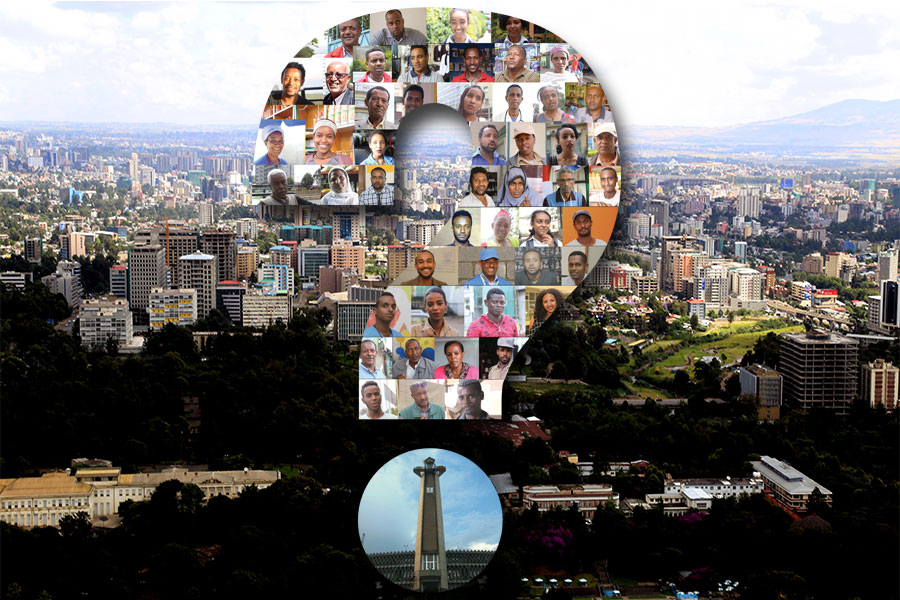
Photo Gallery | 170596 Views | Apr 26,2019

Photo Gallery | 161638 Views | Oct 06,2021

My Opinion | 137278 Views | Aug 14,2021
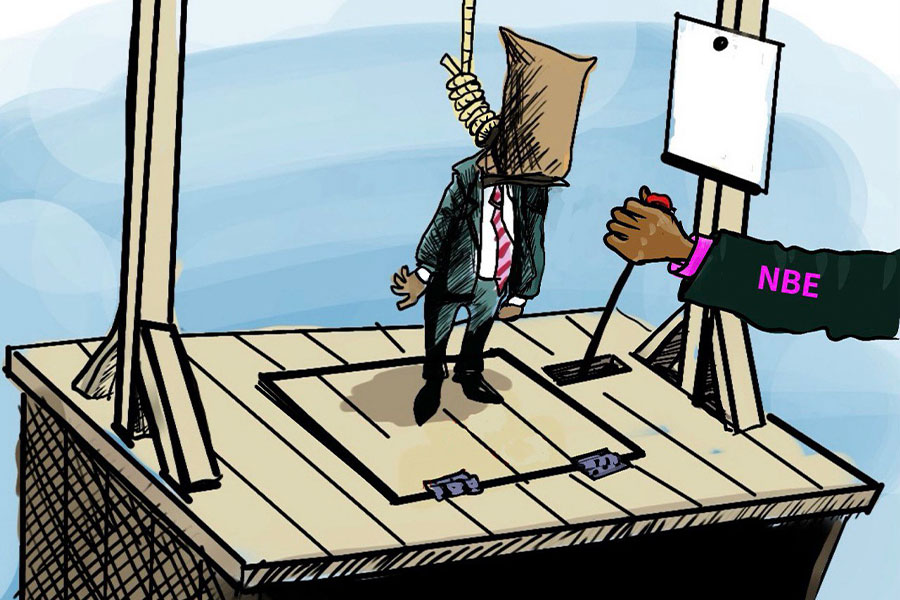
Nov 1 , 2025
The National Bank of Ethiopia (NBE) issued a statement two weeks ago that appeared to...
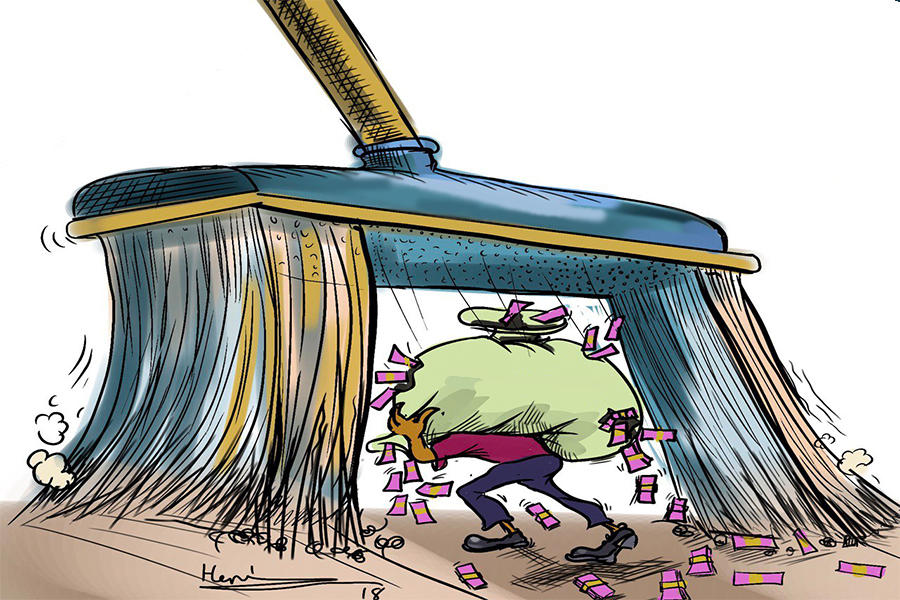
Oct 25 , 2025
The regulatory machinery is on overdrive. In only two years, no fewer than 35 new pro...
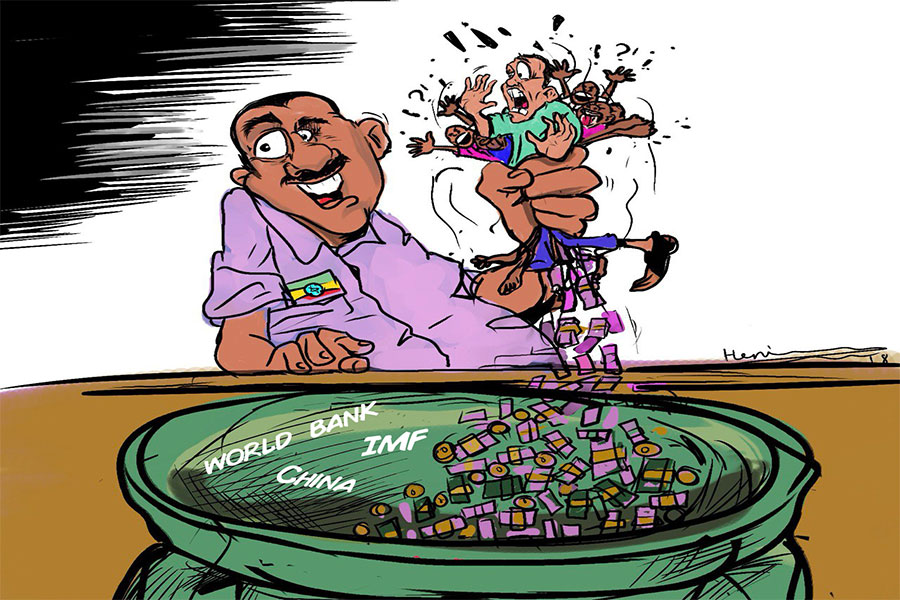
Oct 18 , 2025
The political establishment, notably the ruling party and its top brass, has become p...

Oct 11 , 2025
Ladislas Farago, a roving Associated Press (AP) correspondent, arrived in Ethiopia in...